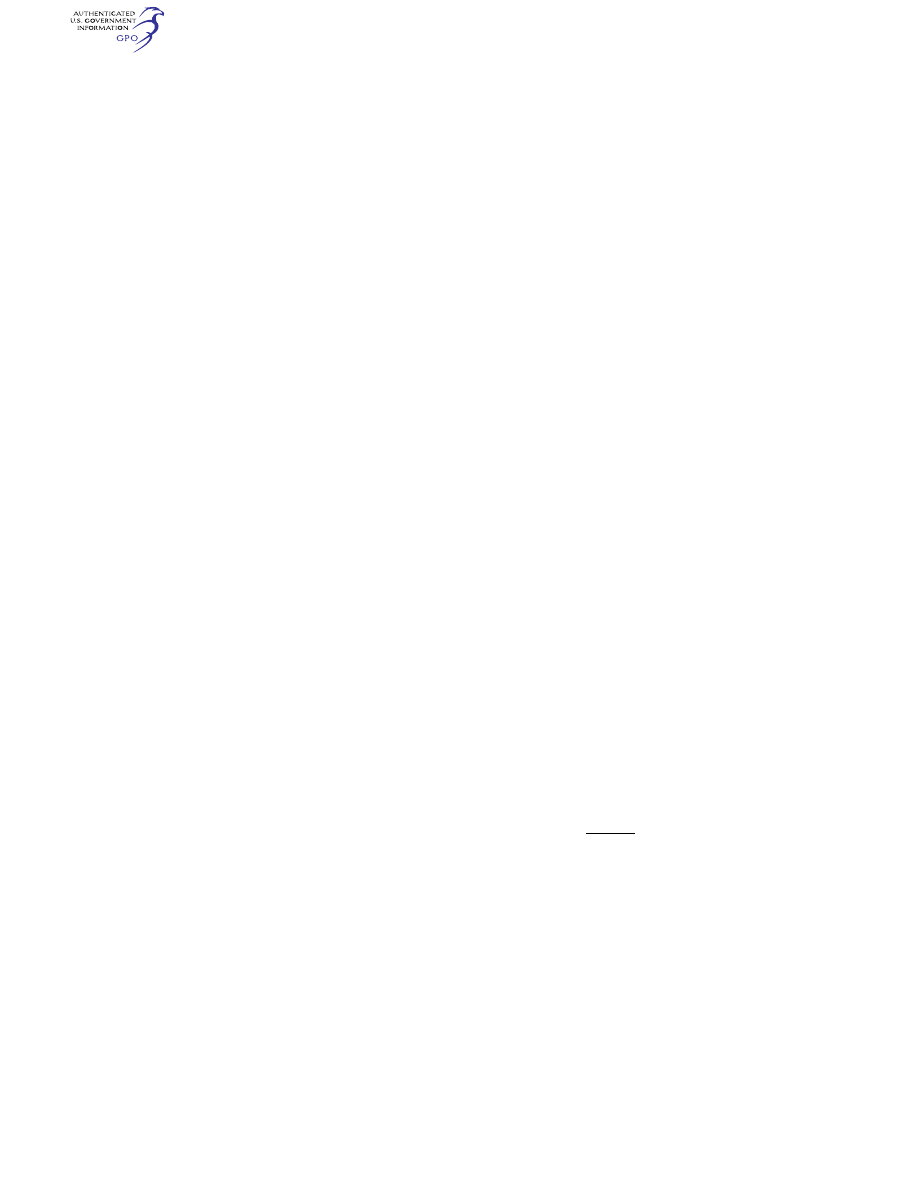
588
14 CFR Ch. I (1–1–24 Edition)
§ 29.309
(3) Operation tests of the control sys-
tem;
(4) Flight stress measurement tests;
(5) Landing gear drop tests; and
(6) Any additional tests required for
new or unusual design features.
(Secs. 604, 605, 72 Stat. 778, 49 U.S.C. 1424,
1425)
[Doc. No. 5084, 29 FR 16150, Dec. 3, 1964, as
amended by Amdt. 29–4, 33 FR 14106, Sept. 18,
1968; Amdt. 27–26, 55 FR 8001, Mar. 6, 1990]
§ 29.309
Design limitations.
The following values and limitations
must be established to show compli-
ance with the structural requirements
of this subpart:
(a) The design maximum and design
minimum weights.
(b) The main rotor r.p.m. ranges,
power on and power off.
(c) The maximum forward speeds for
each main rotor r.p.m. within the
ranges determined under paragraph (b)
of this section.
(d) The maximum rearward and side-
ward flight speeds.
(e) The center of gravity limits cor-
responding to the limitations deter-
mined under paragraphs (b), (c), and (d)
of this section.
(f) The rotational speed ratios be-
tween each powerplant and each con-
nected rotating component.
(g) The positive and negative limit
maneuvering load factors.
F
LIGHT
L
OADS
§ 29.321
General.
(a) The flight load factor must be as-
sumed to act normal to the longitu-
dinal axis of the rotorcraft, and to be
equal in magnitude and opposite in di-
rection to the rotorcraft inertia load
factor at the center of gravity.
(b) Compliance with the flight load
requirements of this subpart must be
shown—
(1) At each weight from the design
minimum weight to the design max-
imum weight; and
(2) With any practical distribution of
disposable load within the operating
limitations in the Rotorcraft Flight
Manual.
§ 29.337
Limit maneuvering load fac-
tor.
The rotorcraft must be designed for—
(a) A limit maneuvering load factor
ranging from a positive limit of 3.5 to
a negative limit of
¥
1.0; or
(b) Any positive limit maneuvering
load factor not less than 2.0 and any
negative limit maneuvering load factor
of not less than
¥
0.5 for which—
(1) The probability of being exceeded
is shown by analysis and flight tests to
be extremely remote; and
(2) The selected values are appro-
priate to each weight condition be-
tween the design maximum and design
minimum weights.
[Doc. No. 5084, 29 FR 16150, Dec. 3, 1964, as
amended by Amdt. 27–26, 55 FR 8002, Mar. 6,
1990]
§ 29.339
Resultant limit maneuvering
loads.
The loads resulting from the applica-
tion of limit maneuvering load factors
are assumed to act at the center of
each rotor hub and at each auxiliary
lifting surface, and to act in directions
and with distributions of load among
the rotors and auxiliary lifting sur-
faces, so as to represent each critical
maneuvering condition, including
power-on and power-off flight with the
maximum design rotor tip speed ratio.
The rotor tip speed ratio is the ratio of
the rotorcraft flight velocity compo-
nent in the plane of the rotor disc to
the rotational tip speed of the rotor
blades, and is expressed as follows:
μ =
V cos a
R
Ω
where—
V = The airspeed along the flight path
(f.p.s.);
a = The angle between the projection, in the
plane of symmetry, of the axis of no
feathering and a line perpendicular to
the flight path (radians, positive when
axis is pointing aft);
W
= The angular velocity of rotor (radians
per second); and
R = The rotor radius (ft.).
§ 29.341
Gust loads.
Each rotorcraft must be designed to
withstand, at each critical airspeed in-
cluding hovering, the loads resulting
VerDate Sep<11>2014
09:06 Jun 28, 2024
Jkt 262046
PO 00000
Frm 00598
Fmt 8010
Sfmt 8010
Y:\SGML\262046.XXX
262046
EC28SE91.087</MATH>
jspears on DSK121TN23PROD with CFR